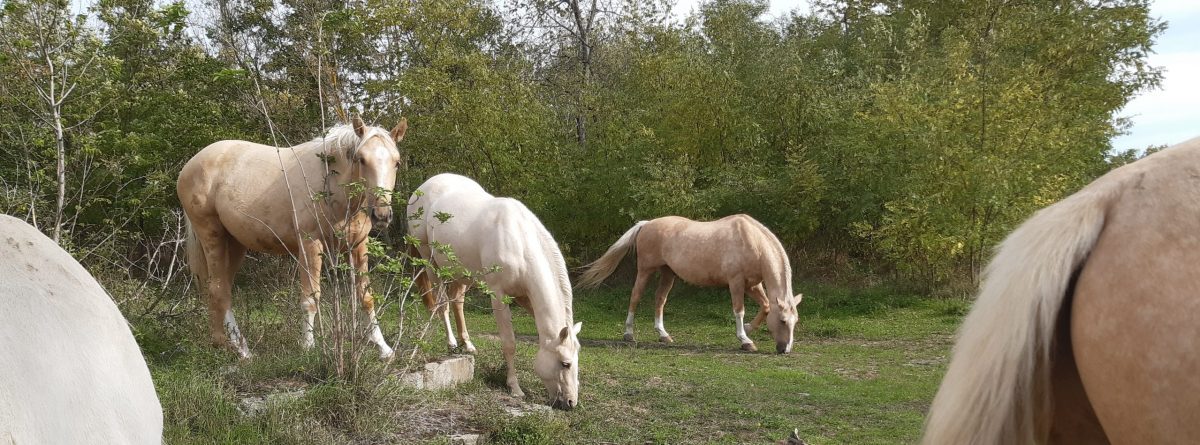Before thinking about riding a horse, it can be good to get to know the horse and build trust.
Those of us who have had horses for many years know that it is important that the horse has learned to lift its feet, but how many actually know why? It’s not just to make it easier for the farrier to work on the hooves, but it’s actually also a matter of trust.
As you know, the horse is a flight animal and taking and lifting a foot cuts the horse off from running away, in case things get too dangerous. That the horse is at full tension when you have to lift the feet is not a good concept, as you can count on the foot to be put back down, whether we want it or not.
As humans, we can forget to measure forces with the horse. Even a small shetlandpony we have nothing to say about, if it is not willing to cooperate. Therefore, we have to teach the horse that we are not dangerous and that we do not want to eat it.It can be easier said than done in some cases, but it pays off in the long run to work with cooperation and security when we spend time with our animals.
Like so many other things, you should take it step by step and not rush. Start with the horse getting used to you touching its legs and you being around it. Do not tear the hooves up in the hoof beard or tap the leg. The easiest way is to press a little on the chestnut or just above the vertebra and praise the horse a lot if he only makes an effort to lift. We also want the horse to lift independently in the future and we also want it to be able to hold its hooves by itself, so you don’t have to stand with a 600kg horse in your hand when you have to scratch the hooves.
Some horses are sensitive on the legs and it is not so strange, because often the horses can bite each other’s legs in play or when it comes to fighting for the place in the herd. You have probably seen the colts bite each other’s front legs to bring the rival down to his knees. So it is not obvious for the horse to lift its legs when you ask it to. It requires long and patient training and lots of praise.
Always start stroking with the hand high up on the legs, even on a experiended horse. The horses also use their legs when they wave away flies, so if you tickle the horse’s legs without it paying attention to what it is, it can easily get a hoof in the air.
Train your horse for a long time before the farrier comes. It is not his duty to teach the horse and we should care about our farriers who do a hard job for us so that we can ride our horses!


